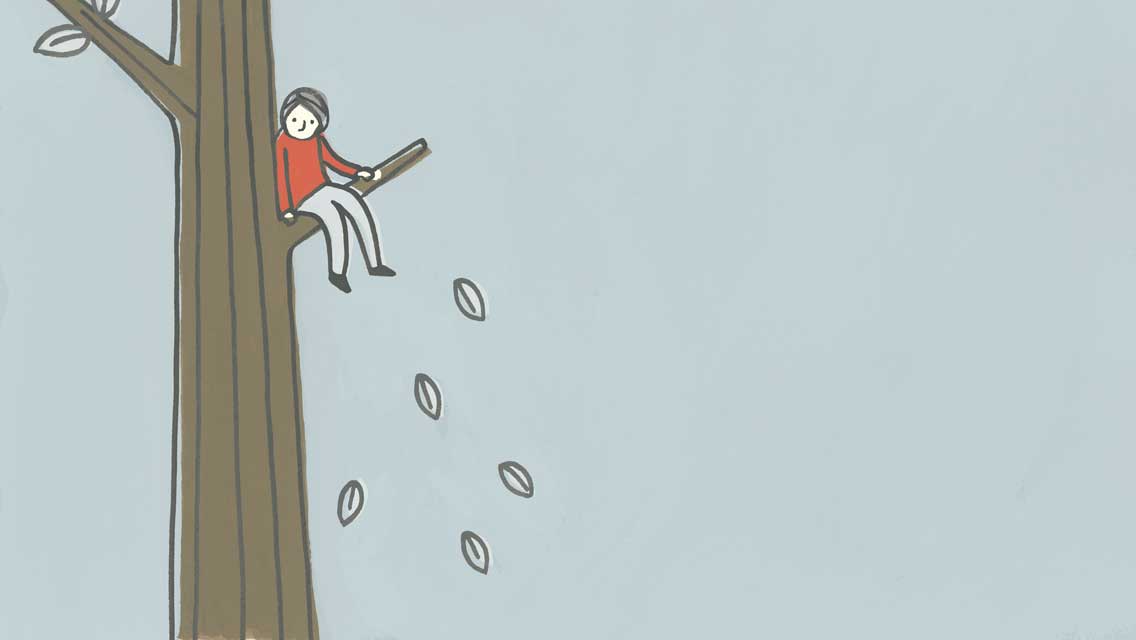I seem quite suddenly to be going gray. Well, suddenly wouldn’t be completely accurate: I first noticed the lightened hue around my temples several weeks ago, but the image in the mirror never fails to surprise. On the cusp of my eighth decade, maybe I’m finally going to start looking my age.
That wouldn’t be quite accurate, either, given the crop of white whiskers that have adorned my chin for the past several years. I’m a real graybeard, to be honest; I guess it’s just taken a little longer for the hair on my head to catch up with the hair on my face.
None of this is particularly disturbing. I’m not the sort to comb the shelves at the drugstore looking for the best deal on hair coloring, but I know there are folks who will go to great lengths to disguise any flecks of gray that may sprout in noticeable places. And it’s for them that Martin Picard, PhD, has devoted many hours in the lab.
A mitochondrial psychobiologist at Columbia University, Picard and his team of researchers recently published a study in eLife suggesting that the graying process may be linked to periods of high stress, a nod to the common notion that worrywarts are more likely to go gray than their happy-go-lucky counterparts. Dig a little deeper, though, and Picard’s findings become more interesting: If anxious weeks of life produce gray hairs, then it’s also possible that calmer days may actually reverse the process.
The cells in hair follicles, after all, are governed by the same forces as cells elsewhere in the body, Picard reasoned. Stress can trigger inflammation, which damages cells — destroying pigment, in the case of our hair. And cells also don’t age at the same rate; you don’t awake one morning to find all your locks have turned gray. “It seemed like the hair, in a way, recapitulated what we know happens at the cellular level,” he tells Diana Kwon in Scientific America. “Maybe there’s something to learn there. Maybe the hairs that turn white first are the more vulnerable or least resilient.”
To test his thesis, Picard and his colleagues recruited 14 people ranging in age from 9 to 65 who offered samples of hair from various parts of their bodies. Ten of those volunteers provided hair that was gray at the ends but dark at the roots. Researchers then calculated time periods in which the pigment changed to determine whether it coincided with a particularly stressful — or relaxing — occasion. They found, for instance, that graying had reversed for one 35-year-old man during a two-week vacation. Another volunteer, a 30-year-old woman, went gray during a two-month period when she separated from her husband and moved to a different home.
“What was most remarkable was the fact that they were able to show convincingly that, at the individual hair level, graying is actually reversible,” notes Matt Kaeberlein, PhD, a University of Washington biogerontologist who was not involved in the research. “What we’re learning is that, not just in hair but in a variety of tissues, the biological changes that happen with age are, in many cases, reversible — this is a nice example of that.”
It’s notable to this geezer, at least, that Picard seems less confident of his reversibility thesis among my contemporaries. It’s probably a viable option only for the younger set — and probably only temporarily.
More interesting to Picard than a cosmetic fix for graybeards of any age is the notion that our hair may provide a visible cellular record of life’s ups and downs. “It’s pretty clear that the hair encodes part of your biological history in some way,” he notes. “Hair grows out of the body, and then it crystallizes into this hard, stable [structure] that holds the memory of the past.”
I’m willing to accept that the events of the last 18 months or so were worrisome enough to sprout some gray on even a generally carefree guy like myself. It doesn’t explain the white whiskers on my chin, I suppose, but as Picard points out, more research is needed.
Meanwhile, I suspect I’ll occasionally marvel at the flecks of gray populating my temples and perhaps ponder the anxiety that Picard suggests produced them. But I don’t expect it to trouble me any more than the snowy beard on my chin.
My receding hairline, on the other hand, is another matter altogether.





This Post Has 0 Comments